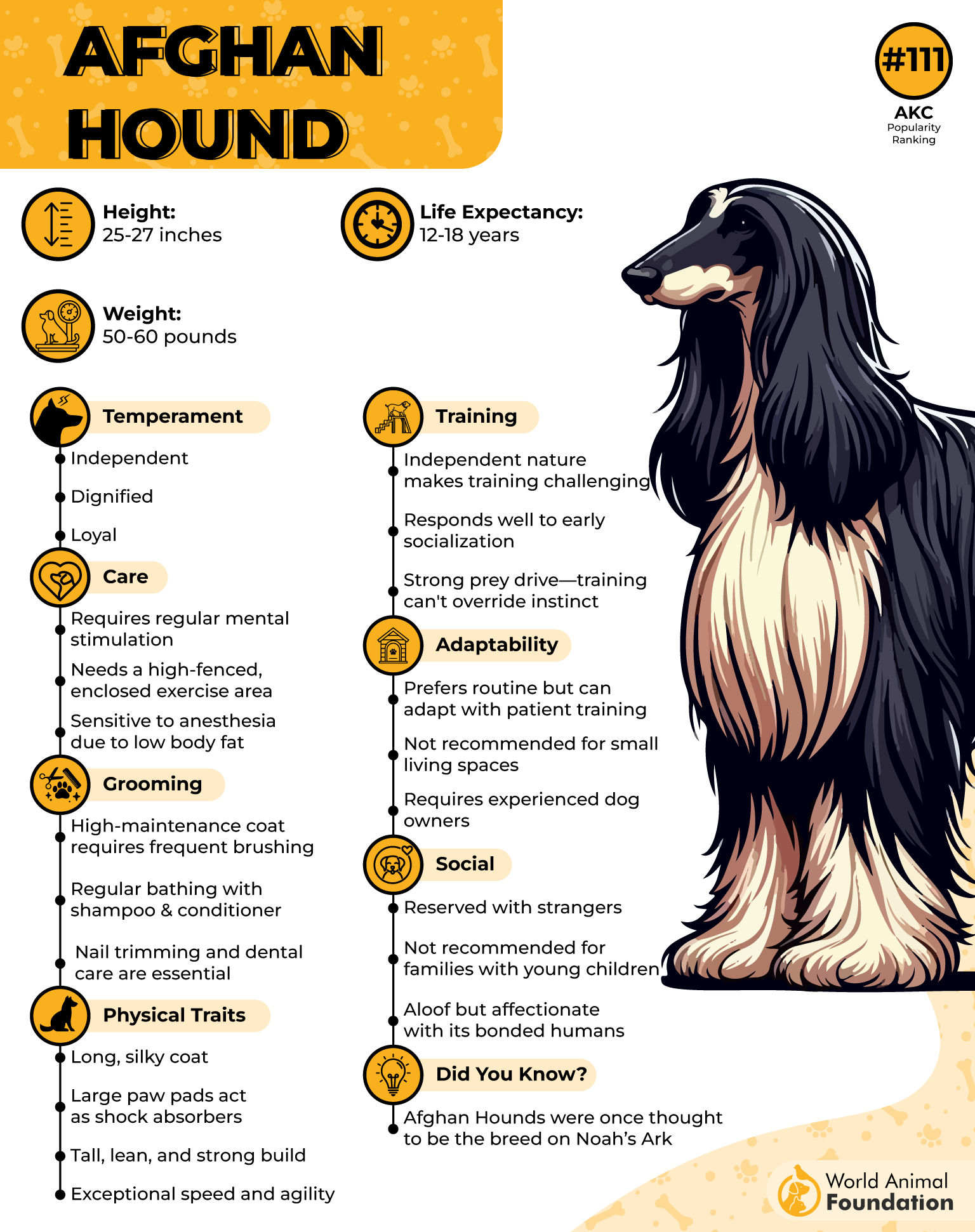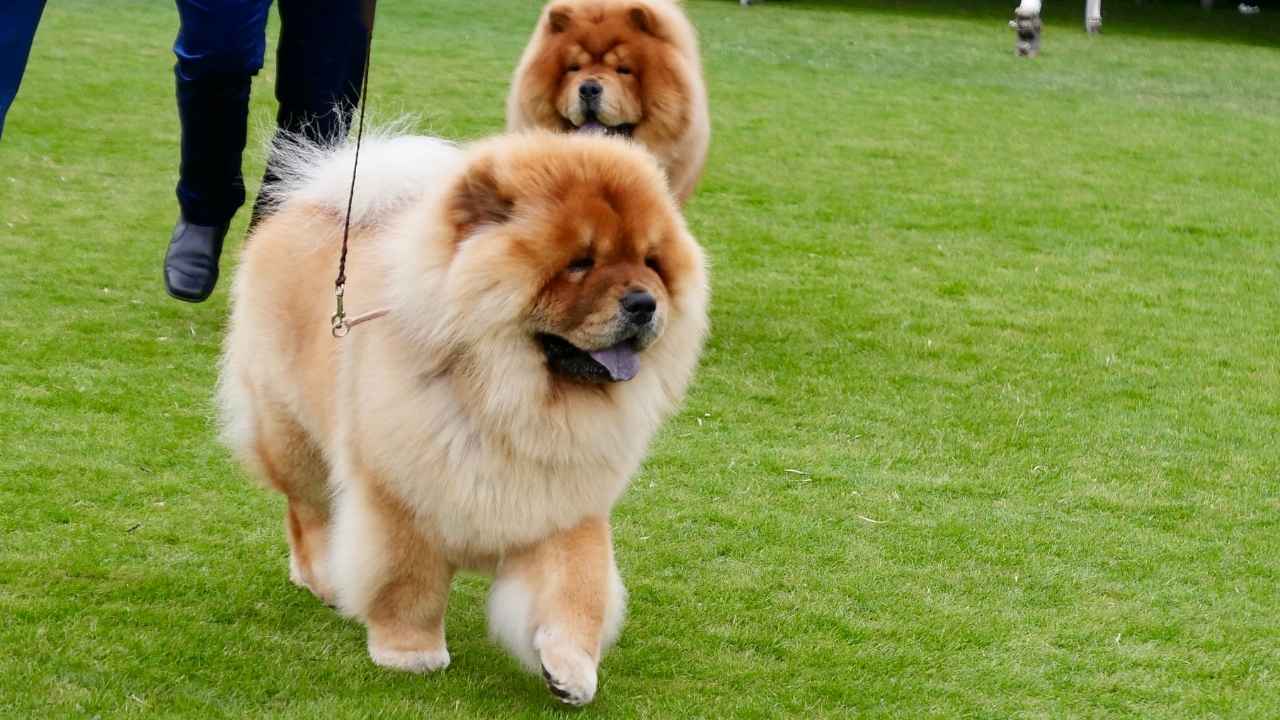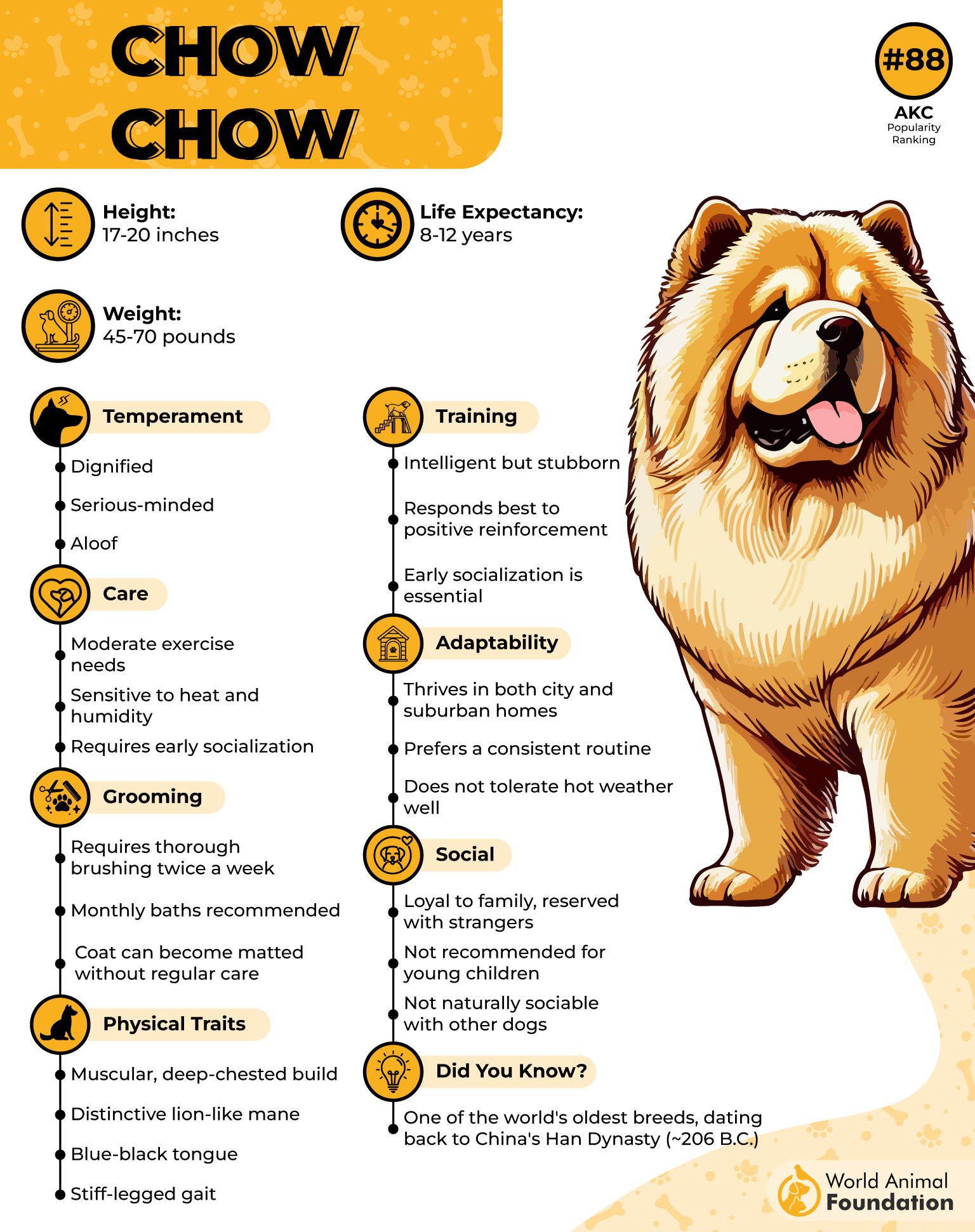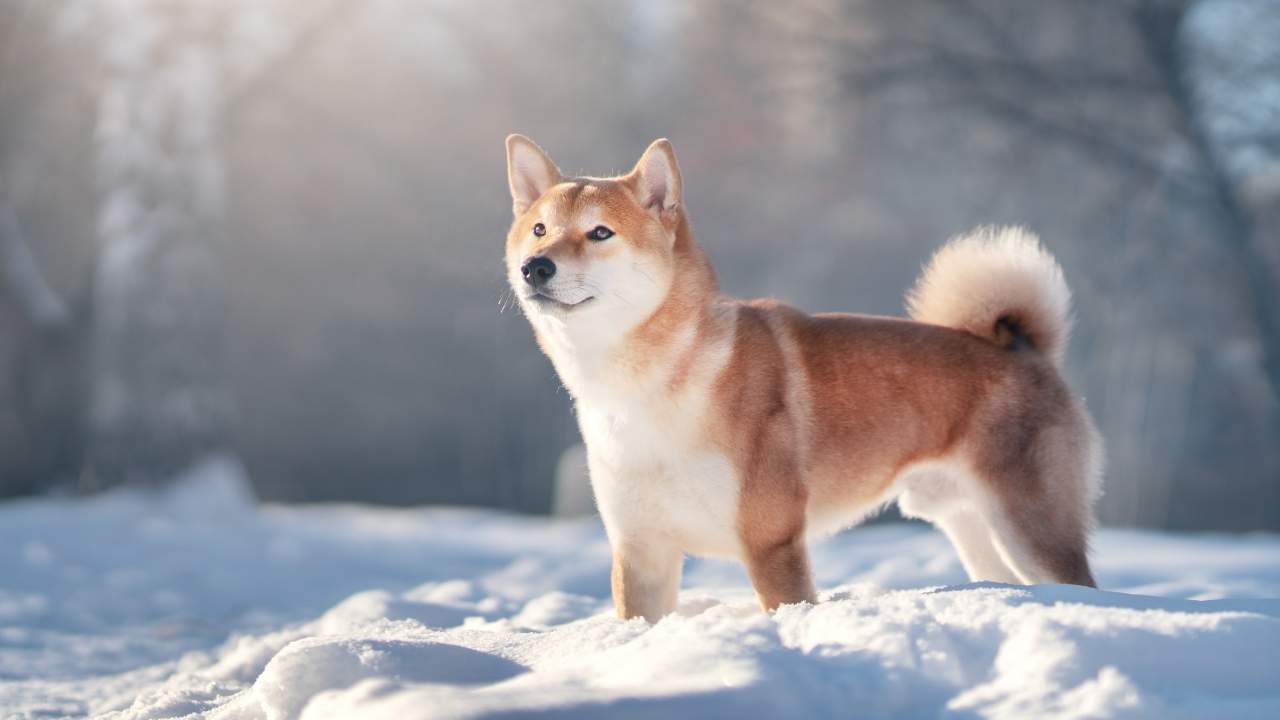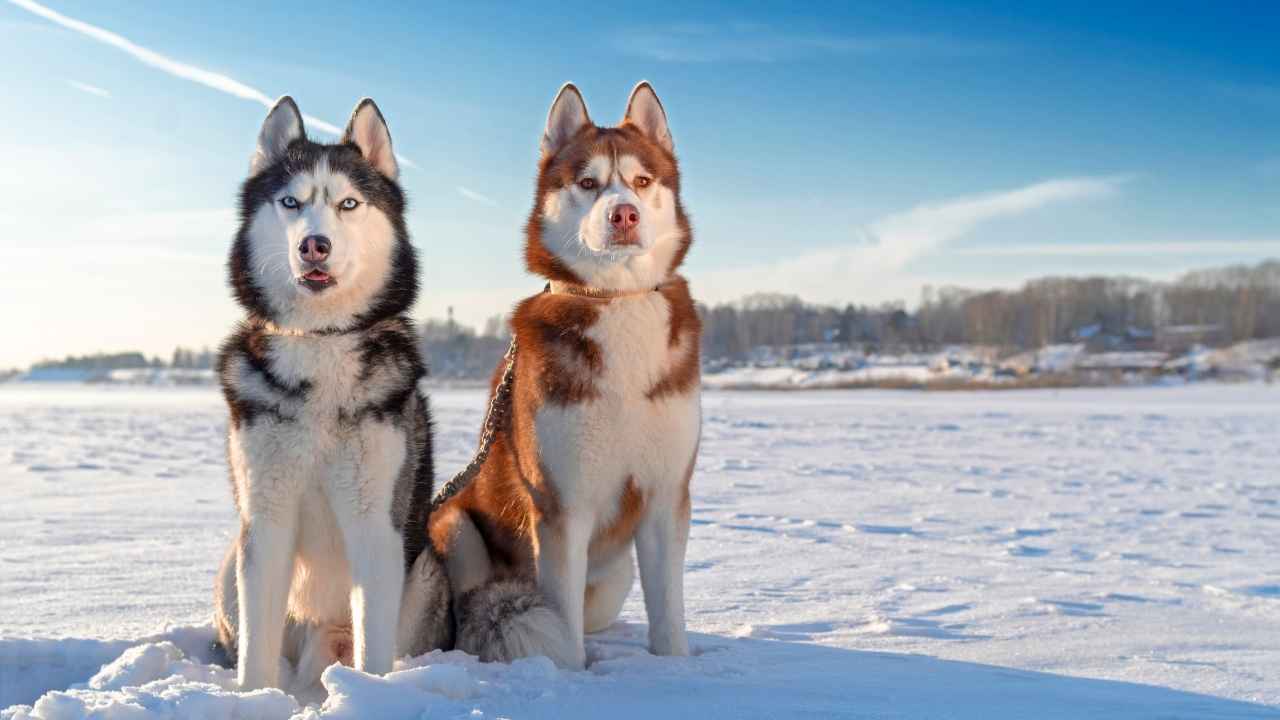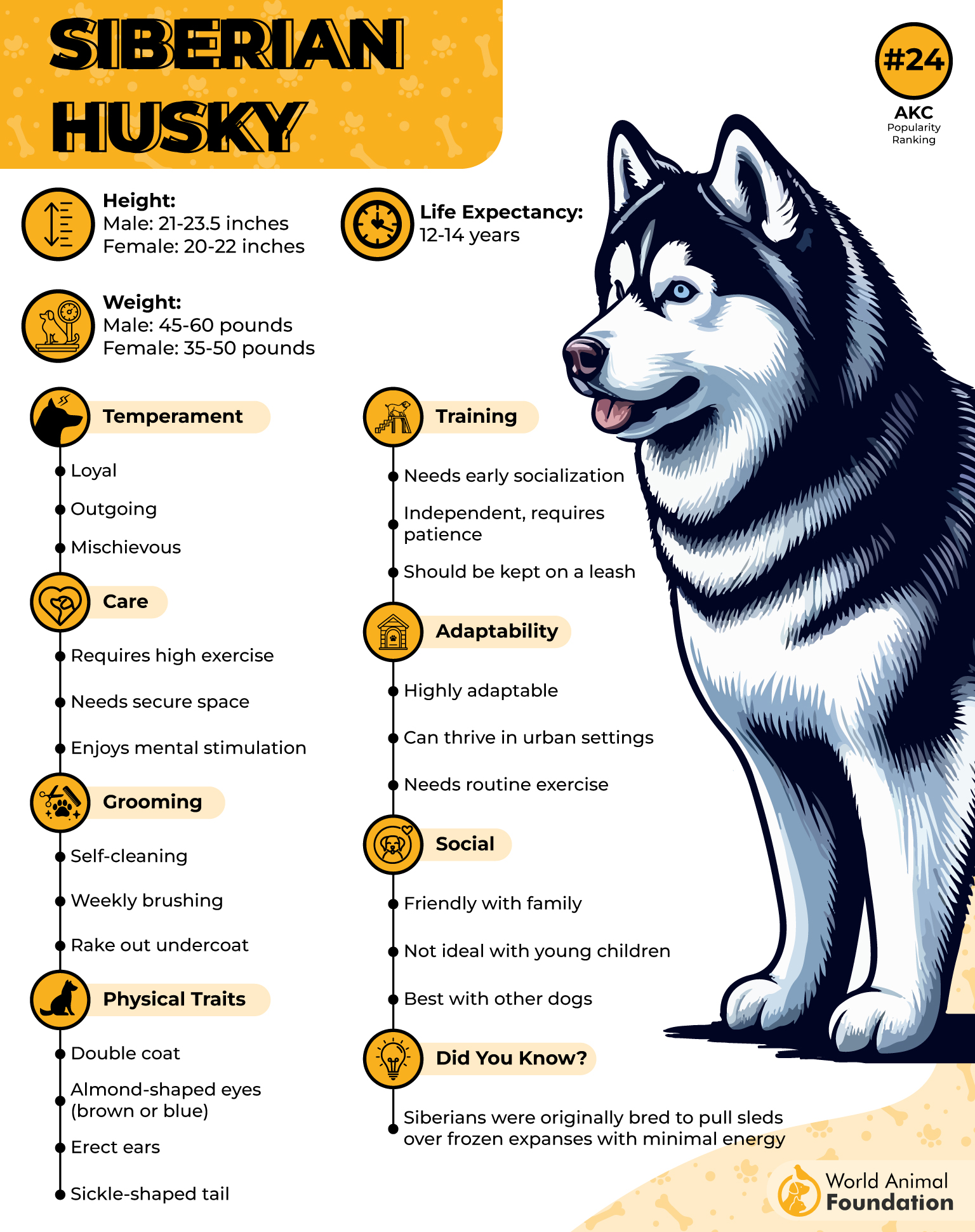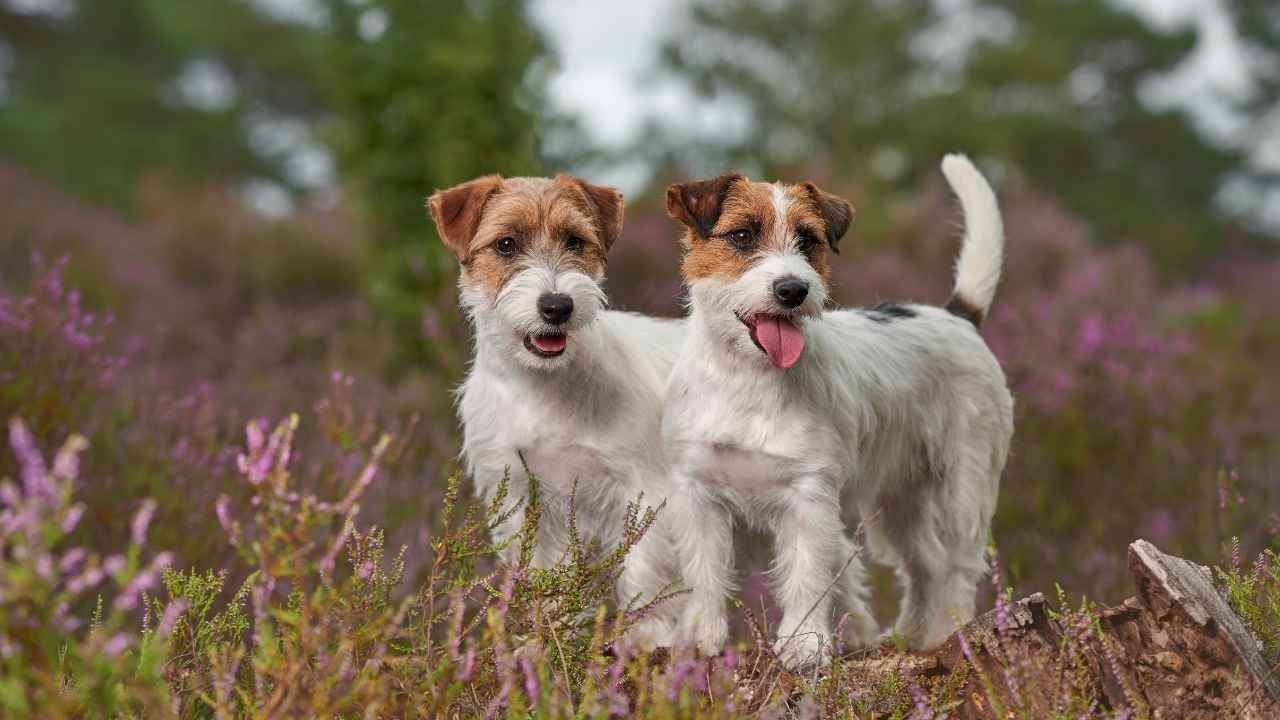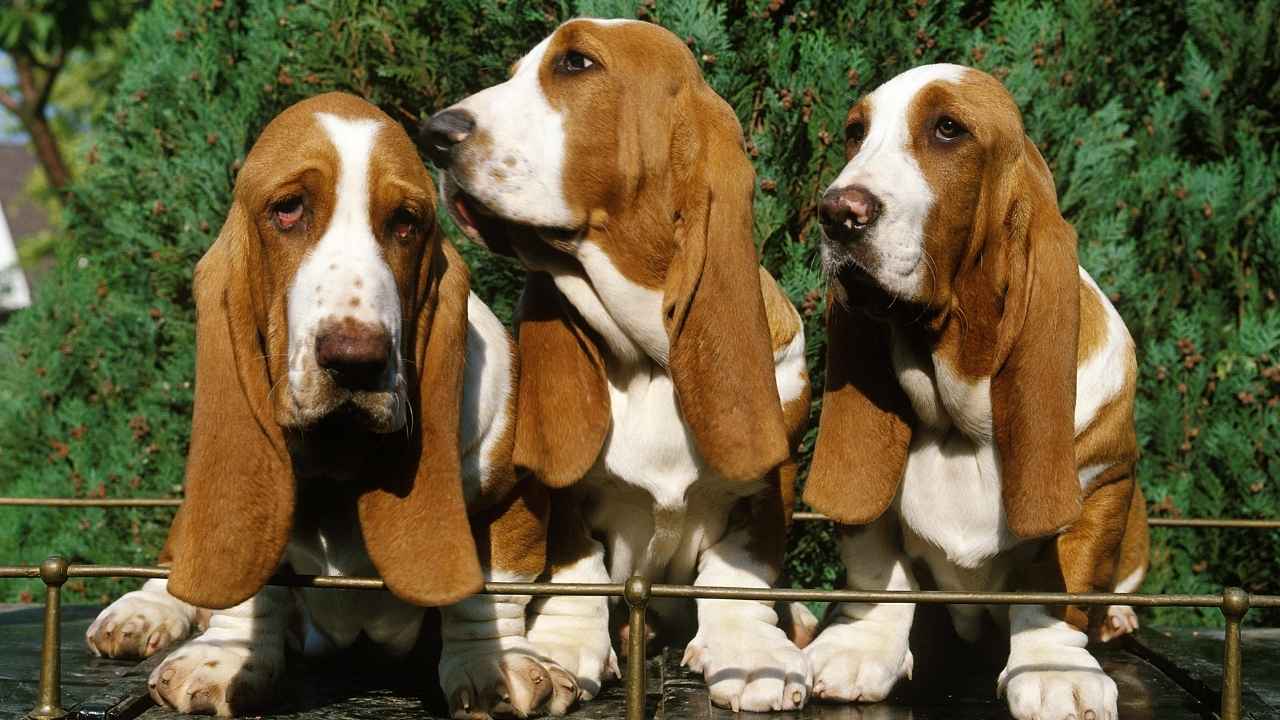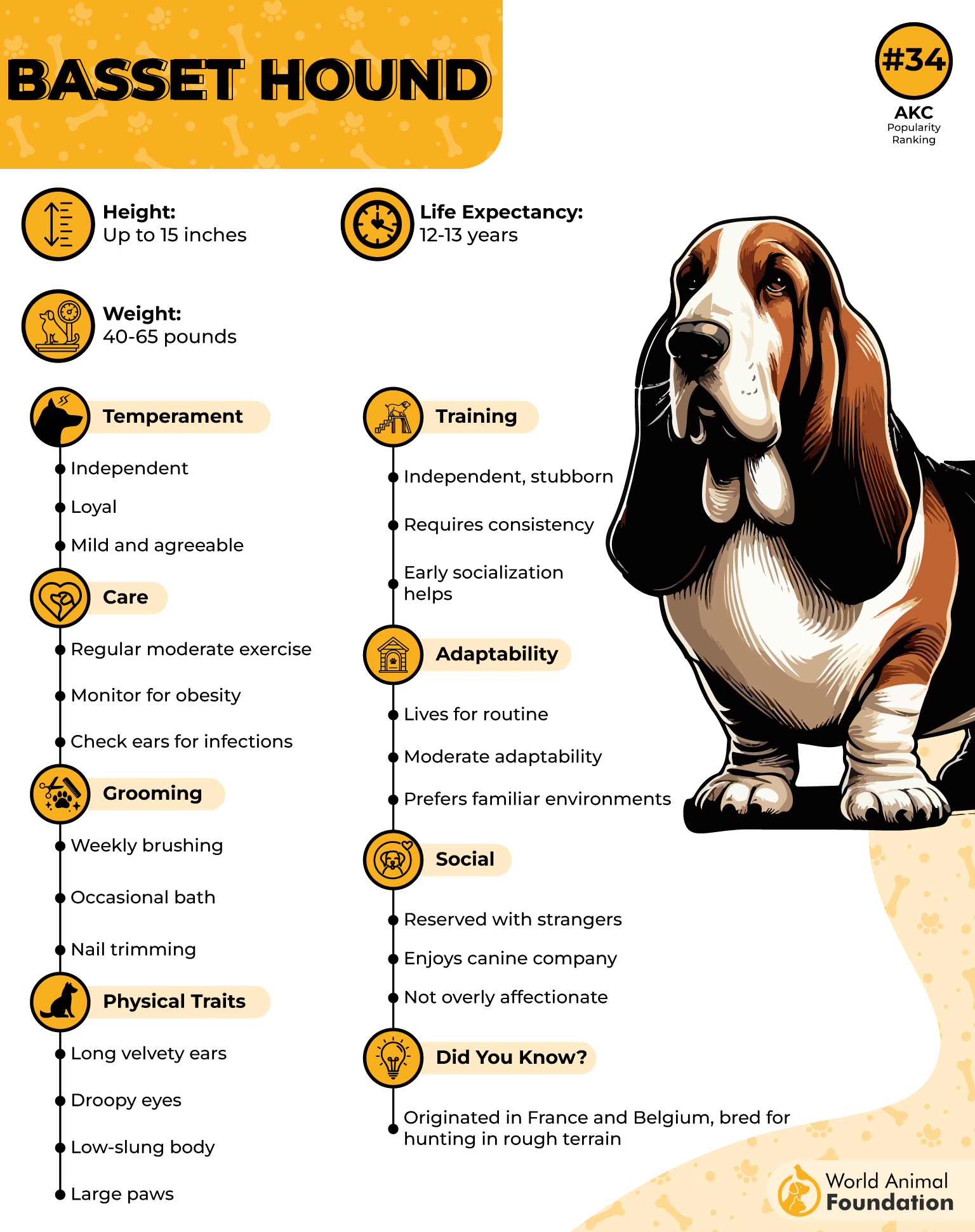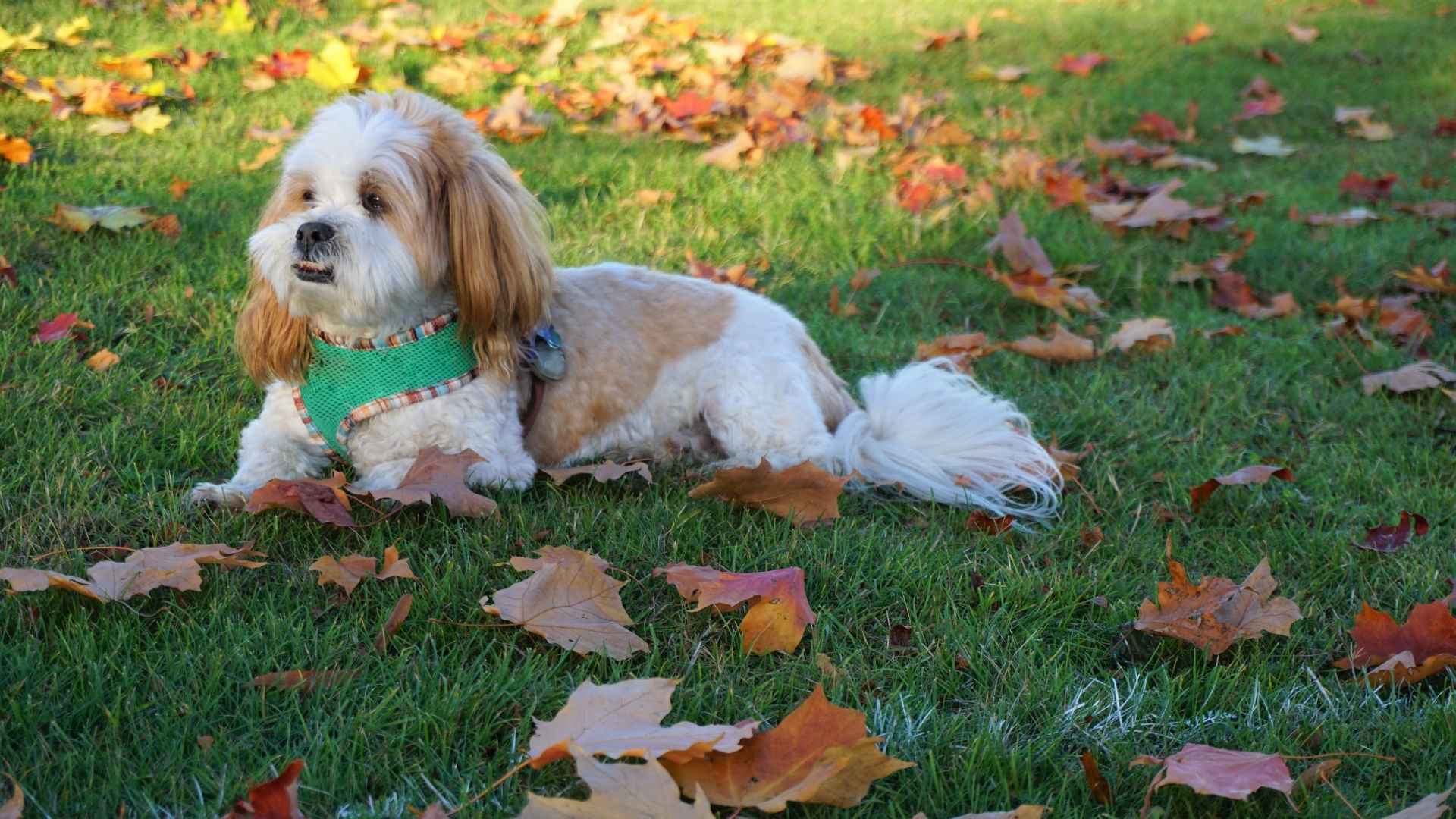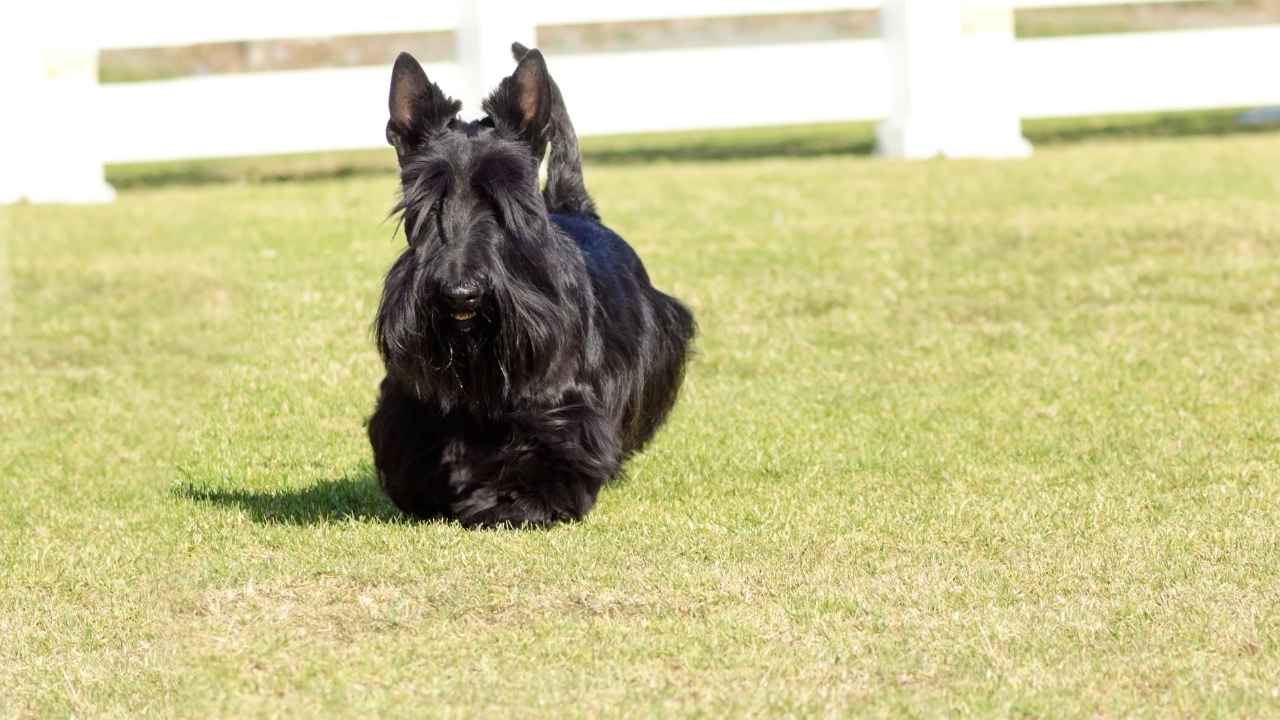Training a dog can be one of the most rewarding experiences for pet owners, but not all breeds respond to commands with the same eagerness or aptitude. While some dogs might swiftly master sit and stay, others present more of a challenge. Understanding which breeds are notoriously tough to train can save potential dog owners time, patience, and frustration. Here’s a look at nine dog breeds that are surprisingly hard to train, each with unique characteristics and natural instincts that can complicate traditional training methods. For those undeterred, these breeds can offer unparalleled loyalty and companionship.
Have you ever felt frustrated during a training session with your dog? That moment when, no matter how many treats you offer, they don’t seem to listen? It’s a common experience for many dog owners, especially when training certain breeds.
Some dogs are simply harder to train than other dogs. Their independent streak, high energy, or stubborn nature can make traditional training methods less effective. It’s not about intelligence; many of these dogs are incredibly smart; it’s just that their personalities can pose unique challenges.
Training is essential for every dog, no matter how difficult they seem. With patience, consistency, and the right methods, even the most challenging dogs can learn good behavior. Proper training ensures that your dog stays happy, healthy, and well-behaved.
Keep reading to learn about these tough-to-train breeds and discover effective ways to make training a smoother process.
Dog Breeds That Are Surprisingly Hard To Train
1. Afghan Hound
The Afghan Hound is a strikingly beautiful breed with a regal appearance. However, their independent nature makes them tough to train. Originally bred for hunting, they tend to follow their instincts rather than commands, making obedience difficult.
During training sessions, Afghan Hounds may ignore commands or wander off. AKC states that their independent thinking and strong-willed nature often make them easily distracted. They are not naturally motivated to please, which adds to the training challenges.
Patience and consistency are crucial to successfully training an Afghan hound. Positive reinforcement techniques work best, but training should be kept interesting and stimulating. Establishing a calm and confident leadership role can also help encourage better behavior.
2. Chow Chow
Chow Chows are known for their aloof and reserved demeanor. Their independent thinkers, coupled with a strong-willed nature, make them one of the harder dog breeds to train. They often prefer to make their own decisions rather than follow commands.
Training this breed can be a challenge, especially when it comes to housebreaking or potty training. Chow Chows may have selective hearing and tend to ignore commands. Their stubbornness may also lead to resistance during training sessions.
Early socialization and consistent training are key to successfully managing this breed. Use reward-based training methods, offering high-value treats to capture their attention. Stay calm and firm to help them understand their boundaries.
3. Shiba Inu
Shiba Inu dogs are small but mighty, with a proud and independent personality. This breed’s aloofness and tendency to think independently make training a challenge. Their natural curiosity sometimes causes them to ignore commands altogether.
As per PetMD, Shiba Inus are notorious for being hard to train, especially when it comes to responding to commands. They can easily become distracted, and their strong-willed nature means they don’t always listen. Potty training can also be a difficult task.
profile
To get the best results, early socialization and consistent positive reinforcement techniques are vital. Offering high-value training treats and maintaining a structured routine can improve their responsiveness. Keep training sessions short but engaging to hold their attention.
4. Siberian Husky
Siberian Huskies are beautiful, energetic dogs known for their playful personality. While incredibly intelligent, their strong-willed nature makes them notoriously difficult to train. They are highly independent thinkers and can often ignore commands when they don’t feel like complying.
During training, Huskies may refuse to obey simple commands, especially if not properly motivated. Their boundless energy can make focusing on training sessions challenging. They might even become destructive when bored or under-exercised.
Mental stimulation is crucial for effectively training these intelligent dogs. Implement consistent training methods and use positive reinforcement techniques. Engage them in regular physical activities to help burn off excess energy and maintain focus during training.
5. Jack Russell Terrier
The Jack Russell Terrier is a small breed with a big personality. Their boundless energy, combined with their strong-willed nature, can make training tricky. These dogs are incredibly intelligent but can become easily distracted or bored.
Jack Russells often show destructive behavior when not mentally stimulated. Their independent thinking leads them to make their own decisions, ignoring commands when they please. This can make potty training or leash training a challenge.
profile
Consistency and variety are key to training this breed. Reward-based training works well, especially when paired with lots of physical activity. Keep training sessions engaging and use high-value treats to maintain their attention.
6. Basset Hound
The Basset Hound is often known for its slow-moving, laid-back personality, but that doesn’t make them easy to train. Their stubborn streak and selective hearing can cause frustration during the training process. Basset Hounds are naturally independent thinkers and have a mind of their own.
VCA writes that these smartest dogs are notorious for ignoring commands, especially when they are not motivated by food or scent. Potty training can take longer due to their reluctance to listen. Their low energy and stubborn nature make it hard to engage them in training sessions.
Early socialization and consistent training are essential for a Basset Hound. Positive reinforcement and high-value treats will help maintain their interest. Training should be done in short, calm sessions to avoid overwhelming them.
7. Beagle
The Beagle is a friendly, curious dog with a nose for sniffing. While these dogs are highly intelligent, their love for tracking scents can often lead to distractions during training. Their independent thinking makes them less focused on obeying commands.
Training Beagles can be a challenge, especially when it comes to staying on task. They are notorious for ignoring commands if there’s a scent to follow. Potty training can also take longer due to their stubborn nature and distraction.
To successfully train a Beagle, utilize consistent training methods and keep sessions short. Focus on rewarding positive behavior with high-value treats and praise. Keeping them mentally stimulated will also help them maintain focus.
8. Lhasa Apso
The Lhasa Apso is a small dog with a big attitude. Known for their independent nature and protective instincts, Lhasa Apsos can be challenging to train. Their stubbornness often makes them resistant to obeying commands, especially from inexperienced owners.
Training Lhasa Apsos often involves patience and persistence. These difficult dogs tend to ignore commands and may become territorial, making them less responsive during training sessions. Socialization can also be difficult, as they can be wary of strangers.
profile
To effectively train a Lhasa Apso, establish yourself as a confident leader. Use positive reinforcement techniques, offering treats to encourage good behavior. Consistent training and proper socialization will help them become well-adjusted.
9. Scottish Terrier
The Scottish Terrier is a confident, determined dog that doesn’t always listen to commands. While they are intelligent, their independent thinking and strong-willed nature make training difficult. They have a natural instinct to act independently and make decisions on their own.
Training this breed often requires a firm, consistent approach. Scottish Terriers may resist commands, especially if they feel they don’t need to comply. Their selective hearing and stubborn streak can slow down progress in training sessions.
profile
To train a Scottish Terrier, use reward-based training and remain firm yet gentle. Consistent, short sessions work best with this breed. Make sure to provide mental stimulation and establish early boundaries for success.
Conclusion
Training a stubborn dog can feel like a never-ending battle, right? You’ve tried everything: treats, patience, and even some tough love, but it’s still tough. Don’t worry, you’re not alone. Even the hardest dog breeds, like the Afghan Hound and Chow Chow, can become loyal companions with the right training.
Training needs vary for every breed, but consistent, patient work always pays off. Remember, breeds like the Border Collie and Australian Shepherd might be easier for experienced owners, but they, too, need mental stimulation. Though we didn’t include every breed in this list, other stubborn breeds like the Chinese Shar-Pei and Australian Cattle Dogs are worth noting.
Keep in mind that early training and enough exercise go a long way. So, if you’re facing challenges, don’t give up! It’s all about making training a fun, rewarding journey for both you and your dog.
In conclusion, while all dogs are capable of learning and adapting, certain breeds pose unique challenges when it comes to training. The nine breeds identified as surprisingly hard to train often possess strong independent streaks, heightened intelligence that can lead to stubbornness, or specific instincts that may conflict with traditional training methods. Understanding these traits is crucial for prospective owners, as it enables more effective, patience-driven approaches that cater to the dog’s innate behaviors. Ultimately, patience, consistency, and positive reinforcement are key in overcoming these challenges, ensuring a harmonious relationship between owner and pet.



